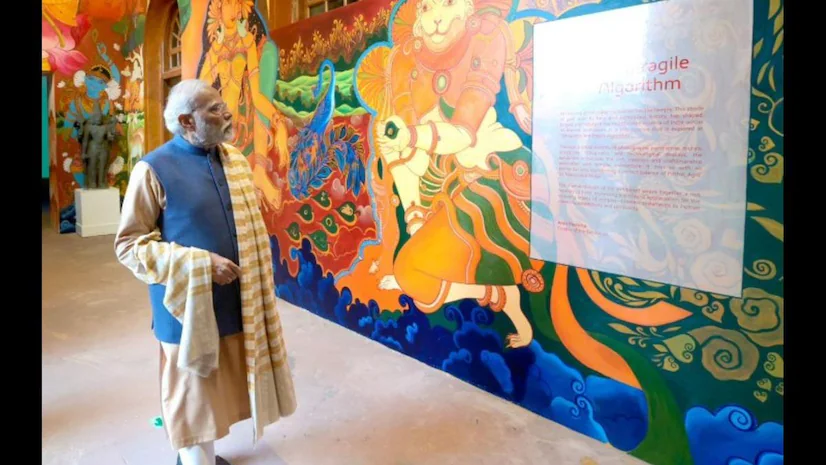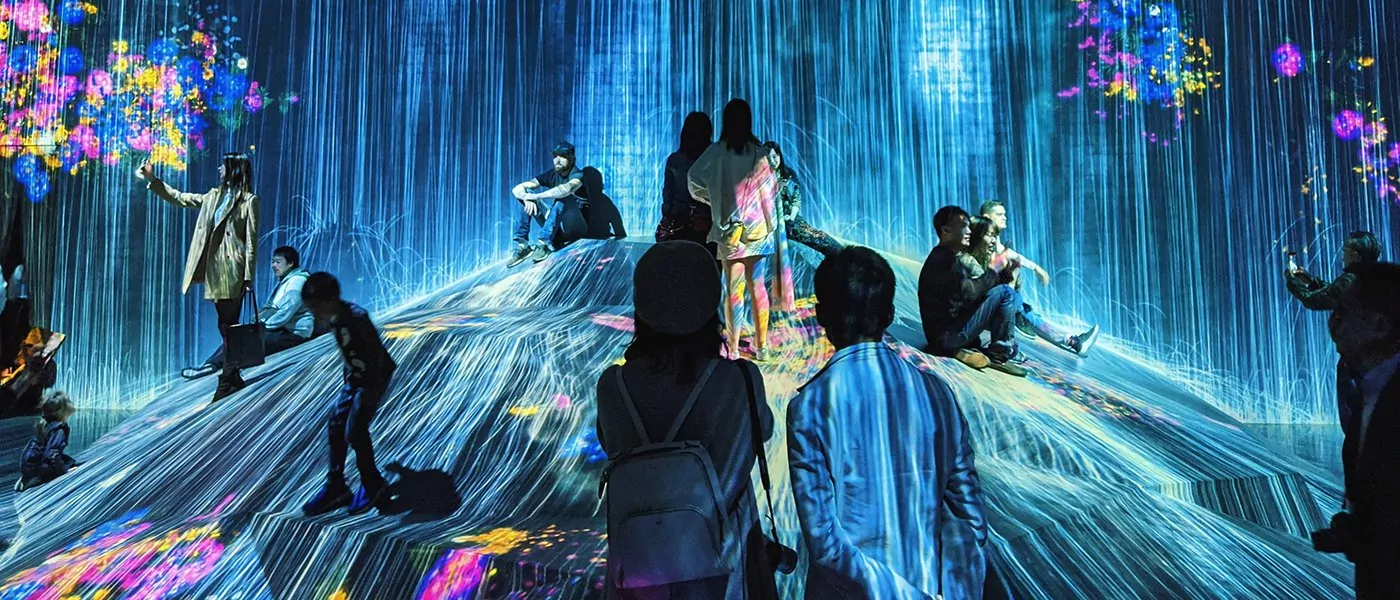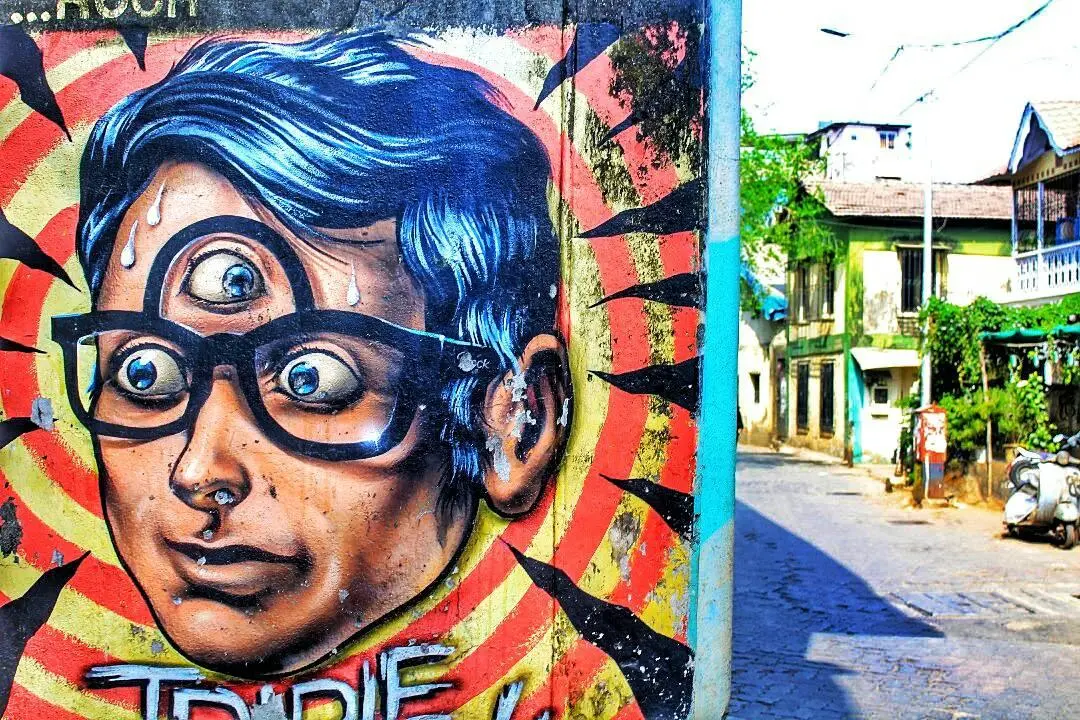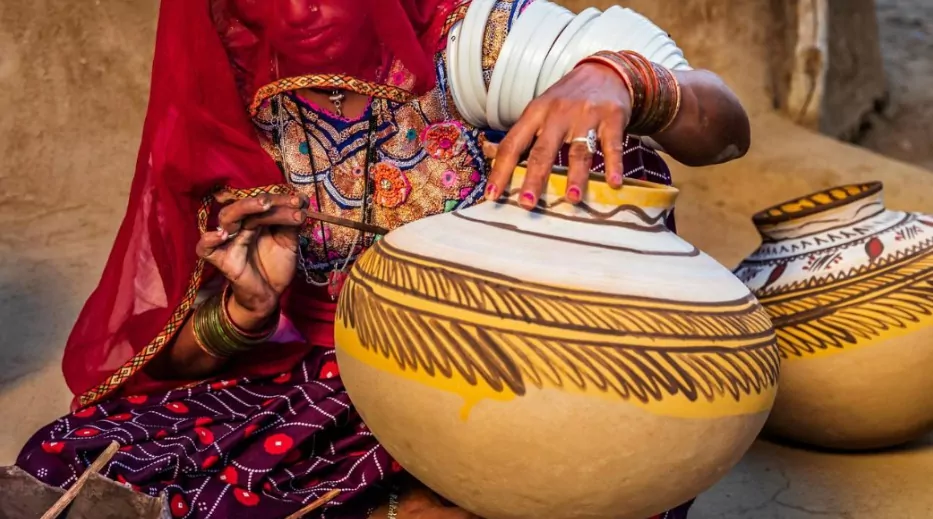UNESCO defines “culture” as “the set of distinctive spiritual, material, intellectual and emotional features of society or a social group that encompasses, in addition to art and literature, lifestyles, ways of living together, value-systems, traditions and beliefs” (UNESCO, 2001). In this context, India’s cultural diversity plays a significant role in upholding its prime position on a global scale. Art and craft is one medium through which India showcases its origin, heritage and creativity. Therefore it becomes imperative to understand the role of creative industries in promoting cultural diplomacy
Culture is the cornerstone of soft power and cultural diplomacy. The distinct cultural heritage of one’s country helps them to showcase their values and achievements and enhance their global image. In today’s interconnected world, cultural diplomacy has gained importance in building bridges between neighbouring countries by fostering dialogue and understanding. It also facilitates the upliftment of communities and creates a bond with citizens.
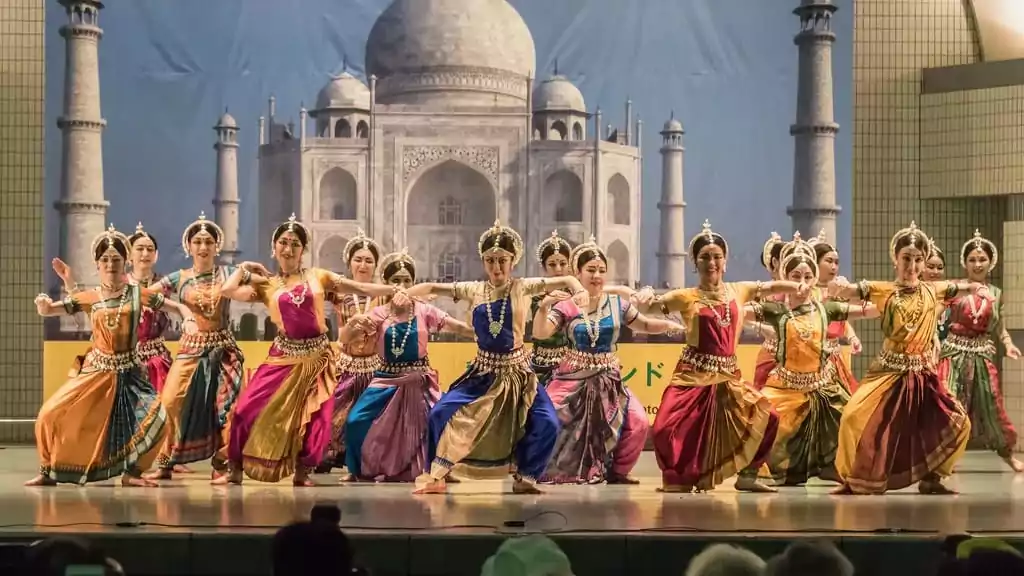
Foreign policies hold cultural diplomacy as one of the vital aspects of building mutual understanding and cooperation between countries. Along with appreciation, cultural diplomacy also yields economic benefits. For example, the ‘Incredible India’ campaign was launched by the Indian government’s Ministry of Tourism to showcase India’s cultural heritage, traditions and landscape. Another classic example is the ‘Namaste India’ campaign collaborating with Japan. The festival was about cultural exchange, wherein Indian creative industries offered different services, workshops and demonstrations. It paved the way for building appreciation and reaping economic benefits.
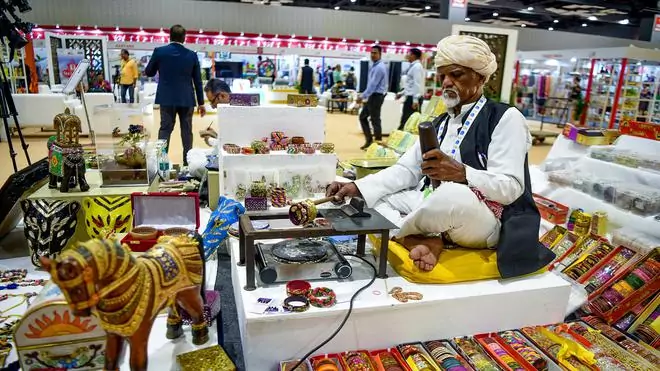
The G20 Summit was another example of strengthening international ties and elevating a nation’s global political standing. In 2023, India’s role as a host country helped in exhibiting India’s cultural heritage and art. A few of the highlights of this event were India’s traditional art like Thanjavur paintings, Dhokra art, brass statues of Buddha and many more. India’s traditional art and craft was put on a global pedestal. This amplified India’s progress in the International arena through cultural diplomacy.
Creative Industries Promoting Cultural Diplomacy
The creative industry is a sector that pivots around creativity, ideas, knowledge and innovation. It works in tandem with economic growth, job creation and boosts the creative economy. The industry encompasses film and television, visual arts, music, craft and artisanal production and much more. As per UNESCO’s reports, creative industries are estimated around 3% of the world’s GDP. A nation’s development is based on the equilibrium between economic growth and cultural exchange.
Creative Industries celebrate diversity. They allow artists and creators to use the global platform to showcase their unique perspectives on culture, traditions and experiences. This promotes inclusion and further breaks down barriers of stereotypes. At the UNTCAD XI Ministerial Conference in 2004, more than 150 member states agreed on incorporating creative industries as a vital topic in the International economic and development agenda.
Its pilot project was “Strengthening the Creative Industries in Five African, Caribbean and Pacific countries”. There were 2 agendas to achieve the goal – 1) providing policy recommendations to enhance the institutional environment in the country and 2) fostering the development of creative capacities and cultural entrepreneurial skills. In a nutshell, it aimed at promoting cultural diversity, sustainable development and an exchange of thoughts. UNTCAD worked on the economic aspects to strengthen cross-cultural understanding and goodwill.
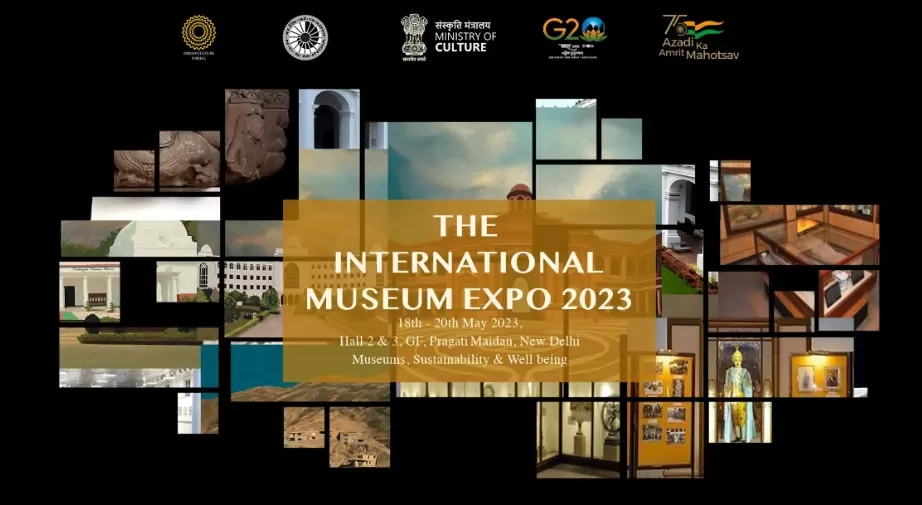
India also organised an event, the International Museum Expo 2023 which served as a platform to promote cross-culture learning and collaboration with artists, art enthusiasts, professionals and visitors around the globe. Through workshops, seminars and discussions, participants engaged in sharing ideas, and insights about the display of cultural diversity across museums in India.
Rooftop Fostering Cultural Diplomacy
Rooftop is one of the leading platforms that offers a rich tapestry of Indian art just at the click of a button. It aims to bridge the gap between aspiring artists and top exponents of traditional art forms. As a creative industry, Rooftop believes that India’s traditional art can be one of the strongest mediums to build a channel of dialogue, understanding and experiences. It also advocates that the power of Indian traditional art can enhance cultural diplomacy and bring the artists to the global front.
Rooftop created various mediums through which India’s art heritage can be experienced and explored. Art books, Maestro courses and online and offline workshops are the ways through which anyone, anywhere can access Indian traditional art.
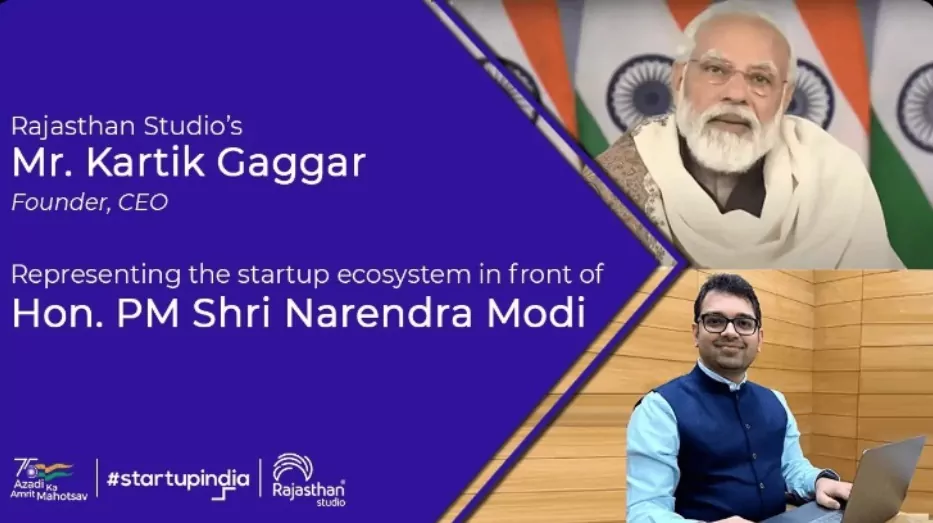
Kartik Gaggar, CEO and Founder of Rooftop believes that it is imperative to take Indian traditional art virtual and the future lies in strengthening the creative industries. During a virtual interaction organised by the Ministry of Commerce and Industry’s Department for Promotion of Industry and Internal Trade (DPIIT), he spoke about introducing virtual tourism and Experience Identification Tags, through which tourists and visitors can get detailed information about the art heritage, craftsmen and cultural significance associated with it. PM Narendra Modi appreciated the approach and also encouraged entrepreneurs to integrate traditional art and culture which could aid cultural diplomacy.
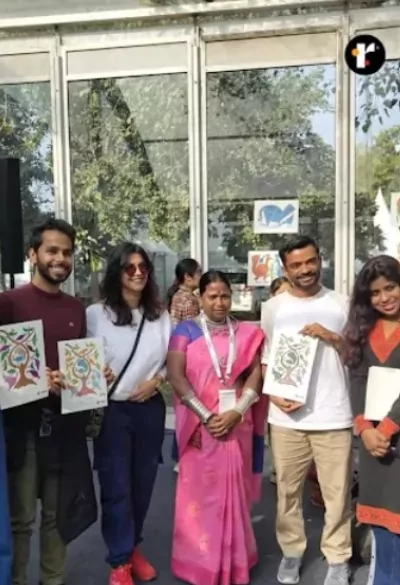
At other events, such as the Indian Art, Architecture & Design Biennale, Aadi Mahotsav and Indian Art Fair, Rooftop organised offline art workshops in collaboration with master artists and also expressed views on how tribal communities and folk art is also a great medium to showcase the indigenous tribal communities of India. This will uplift the community and also give the art and artists their due recognition on a global platform.
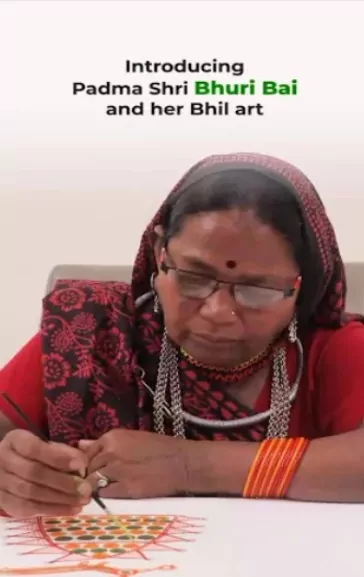
Another Rooftop initiative to promote cross-cultural exchange was the Indiyart Exhibition. It was an exclusive event to showcase the broad spectrum of Indian traditional art and offer a hands-on experience to visitors and aspiring artists.
Creative Industries – Dual Benefits of Cultural Diplomacy & Economic Growth
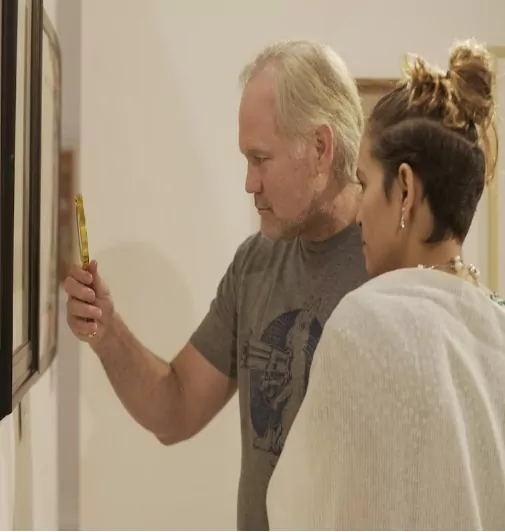
Creative industries not only play a significant role in propagating cultural diplomacy but it also creates a considerable impact on economic growth and development. Job creation, impact on bilateral industries, self-employment and promotion of goods and services are a few of the economic factors that benefit from creative industries. Creative industries foster innovation and invention of new products or services, this further gives rise to entrepreneurship and economic growth.
Cultural diplomacy is of great importance for a nation to build foreign ties, develop an understanding and appreciation of diverse cultures and enhance its soft power. It brings a multitude of benefits that contribute towards achieving economic growth, sustainable development, cultural enrichment and societal well-being.
To learn more about Indian art history and art forms, download the Rooftop app from Google Play or App Store. Follow us on @rooftop_app for our upcoming art events, workshops, blogs and much more.

